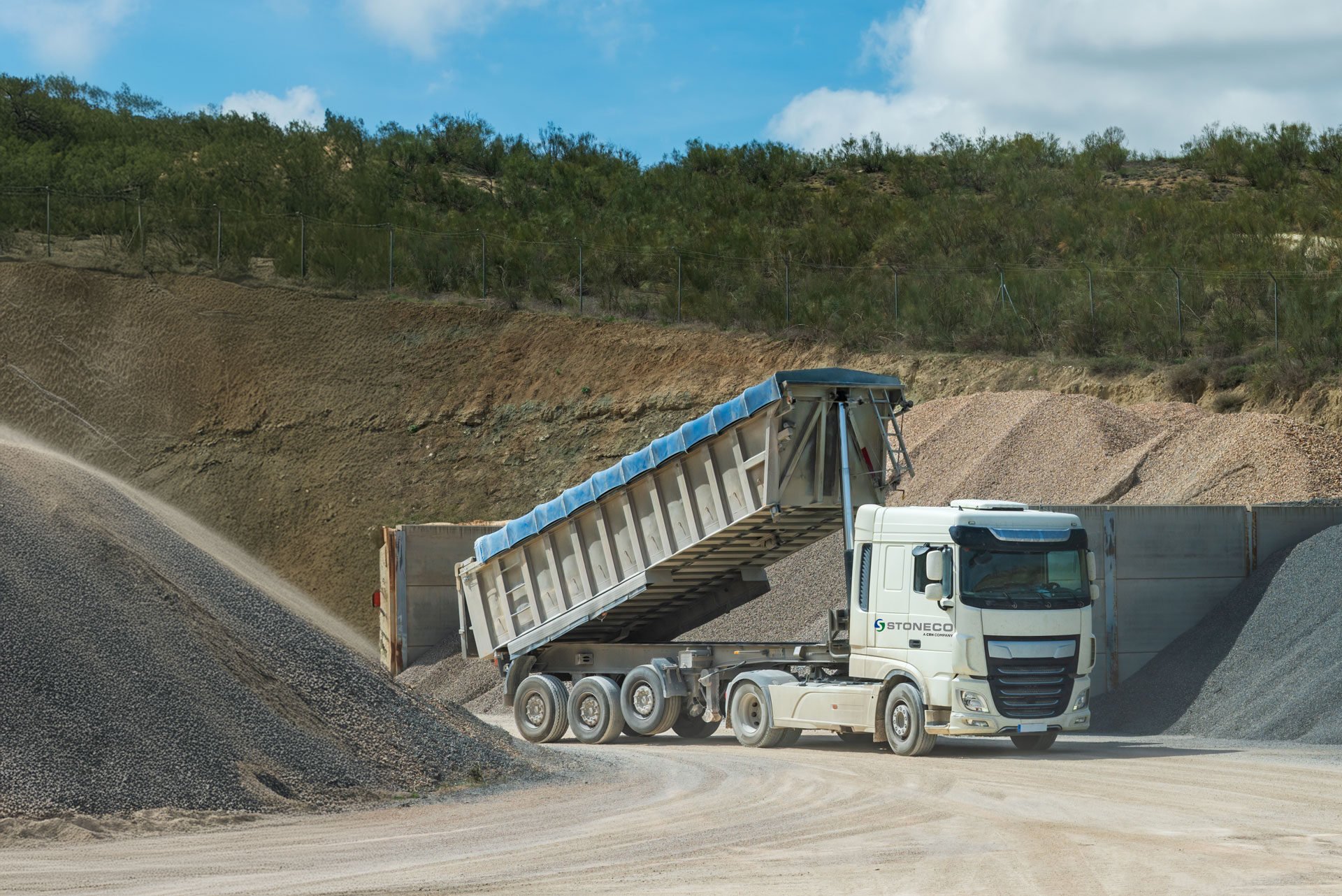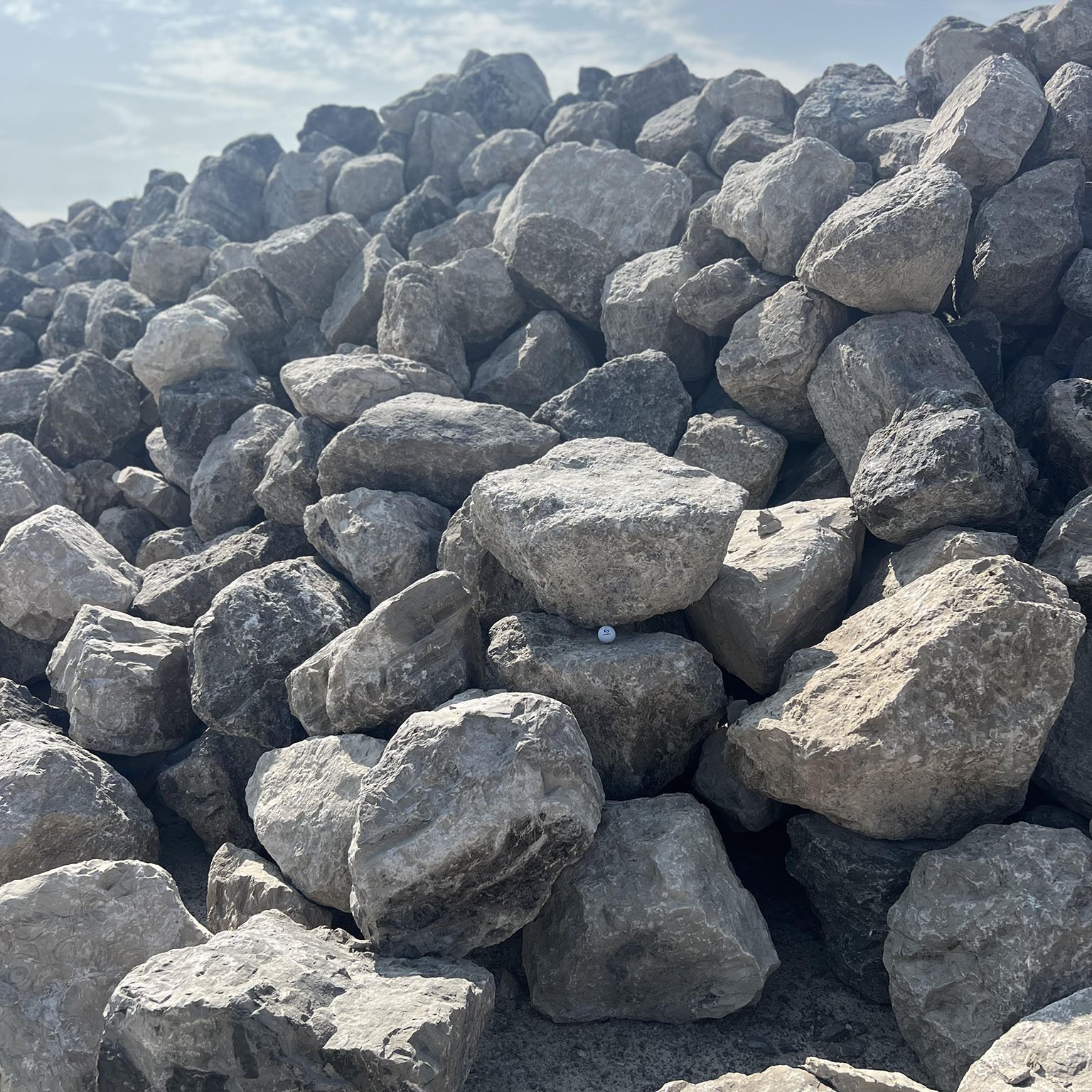Gravel is a versatile material used in a variety of landscaping, construction, and home improvement projects. Whether you’re laying a new driveway, creating a garden path, or installing a drainage system, it’s essential to accurately calculate how much gravel you need before starting. It’s easy to underestimate how much gravel you need, so estimating the correct amount not only saves time and money but also keeps your project going smoothly.
Basics of Gravel Measurement
Before diving into project specifics, it’s important to understand how gravel is measured and sold. Gravel is typically measured in cubic yards, which refers to the volume of material you need. A cubic yard is a 3-foot by 3-foot by 3-foot cube. Without knowing your project’s dimensions, you’ll only be guessing at how much gravel to order. Keep in mind that the depth of the gravel layer also affects the amount required.
Volume Calculations
To calculate the volume of gravel needed for your project, you’ll need to know the length, width, and depth of the area. The formula to calculate volume is:
Volume (in cubic yards) = Length (in feet) × Width (in feet) × Depth (in feet) ÷ 27
For example, if you have a driveway that is 20 feet long, 10 feet wide, and 0.5 feet deep (6 inches), the calculation would be:
20 × 10 × 0.5 = 100 cubic feet ÷ 27 = 3.7 cubic yards of gravel.
At Stoneco, we use this formula to create our materials calculator, which can help you determine how much aggregate material you need based on what type of material you’re planning to use.
Unit Conversions
Most gravel is measured and sold in cubic yards, but sometimes you may need to convert units to feet or inches, depending on the size of your project. Use the following conversions to help you estimate the gravel needed.
-
1 cubic yard = 27 cubic feet
-
1 cubic foot = 0.037 cubic yards
-
1 cubic inch = 0.00058 cubic feet
-
1 inch = 0.083 feet
When calculating how much gravel you need, make sure to convert your measurements appropriately. Round up to the nearest whole number to ensure you don’t run out before the project is complete.
Example Projects with Gravel Calculations
1. Gravel Driveway
When calculating how much gravel for a driveway, the depth of your driveway will depend on the stability of your soil. Typically, a driveway requires several layers of compacted gravel to build up stability, and each layer can be four to six inches thick.
For example, if you’re calculating how much gravel you will need for the top layer of a driveway that is 40 feet long and 12 feet wide with a depth of 0.5 feet (six inches), the calculation would be:
40 × 12 × 0.5 = 240 cubic feet ÷ 27 = 8.9 cubic yards of gravel.
2. Garden Path
A garden path typically needs a gravel depth of four inches. If your path is 15 feet long and 3 feet wide with a depth of 0.33 feet (four inches), the calculation would be:
15 × 3 × 0.33 = 14.85 cubic feet ÷ 27 = 0.55 cubic yards of gravel.
3. Patio
For a gravel patio, you’ll want at least four to six inches of gravel to provide a sturdy foundation. If your patio is 12 feet by 12 feet with a depth of 0.5 feet (six inches), the calculation would be:
12 × 12 × 0.5 = 72 cubic feet ÷ 27 = 2.67 cubic yards of gravel.
4. French Drain
French drains typically require a layer of gravel between eight and 24 inches deep. If you’re installing a drain that is 30 feet long and one foot wide with a depth of one foot, the calculation would be:
30 × 1 × 1 = 30 cubic feet ÷ 27 = 1.1 cubic yards of gravel.
Irregular Shapes
It can be challenging to figure out how to measure gravel for projects that don’t involve perfectly straight lines. If your project involves irregular shapes, you can break the area into simpler geometric sections (rectangles, circles, triangles) and calculate each section’s volume separately. Afterward, add the volumes together to find the total.
For circular or curved shapes, use the formula for the area of a circle: π × radius², then multiply by the depth.
Types of Gravel
Stoneco offers a wide variety of gravel types and gradations for any project, from driveways to drainage. Some of our most popular choices include the following:
-
21A gravel: This type of gravel is a mixture of stone dust and crushed stone that compacts well and offers excellent stability. It’s ideal for creating solid surfaces like driveways, road bases, and parking lots.
-
22A gravel: This gravel type is well-suited for heavy-duty construction projects like road bases, foundations, or under concrete slabs.
-
23A gravel: This gravel has uniform particle sizes that make it a popular choice for projects that need water runoff management, like French drains, driveways, or walkways.
-
Peastone: Pea gravel is composed of small, smooth stones and is perfect for landscaping, garden paths, and playgrounds. It offers a comfortable texture and attractive finish.
Tips for Success
-
Order extra: Always order slightly more gravel than you think you’ll need, such as to the next whole cubic yard. It’s better to have a little extra than to run short before your project is complete.
-
Account for compaction: Some projects, like driveways and patios, require compacted gravel. Compaction can reduce gravel volume by as much as 20%, so be sure to account for this when calculating your gravel needs.
-
Check with an expert: Make sure you’re ordering not just the right amount of gravel but the correct type. When you contact our expert team, one of our aggregate professionals can help you choose the right amount of the perfect gravel.
Start Your Next Project with Stoneco
At Stoneco, we’re ready to help you start your next project with the gravel you need. If you don’t see what you need in our product catalog, we can develop a custom solution for you. Contact our team today or Request a quote to experience the best customer service and most dependable aggregate delivery in southeast Michigan.



